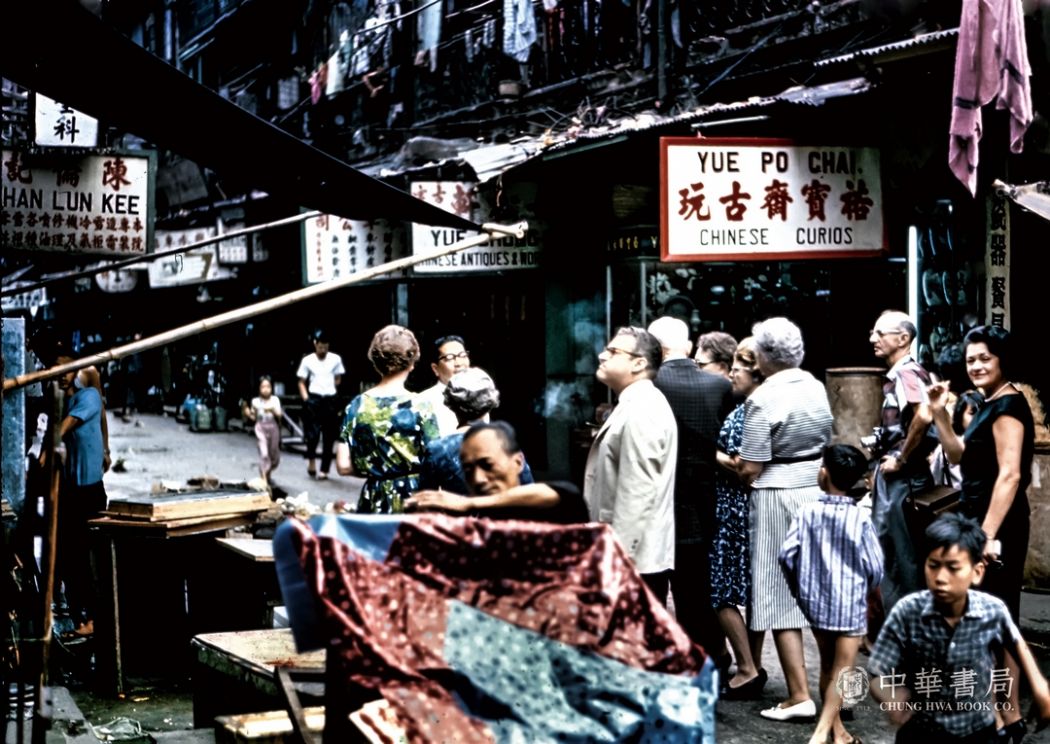Otto Lam began collecting rare books and photographs of Hong Kong and China after starting work in the UK fashion industry in 1993.
Although previous collections of photographs illustrating the lost world of old Hong Kong have tended to focus exclusively on black-and-white images from before World War Two, Lam has unveiled a colourised photo collection titled Old Hong Kong in Colour, with shots from 1948 to 1969. The series has been published as a book.

These evocative images portray the city as a vibrant burgeoning metropolis during a crucial period of economic growth and modernisation.

Old Hong Kong in Colour covers a wide range of images from daily life in post-war Hong Kong.

Lam has taken a keen interest in the early colonial history of Hong Kong and missionary activity in China.

He has a PhD in history from the University of Hong Kong and is a Museum Expert Adviser of Hong Kong; a member of the Hong Kong Sheng Kung Hui Archives & History Advisory Committee and a member of The Royal Numismatic Society.




good figures and friendly demeanour, their jobs were actually quite demanding. This photograph shows an air hostess at Kai Tak Airport in 1958. She is wearing a white cheongsam, which was considered to be eminently appropriate as a smart airline uniform. Photo: Otto C.C. Lam.









